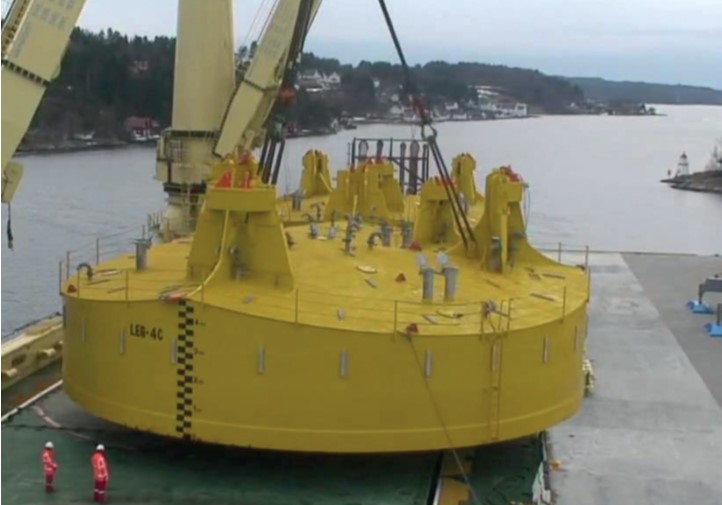Safety Alert: Vital importance of selecting the right equipment for a potentially hazardous task
This tragic incident on a jack-up oil rig led to three fatalities.
Crucially, the operation was undertaken using Self Contained Underwater Breathing Apparatus (SCUBA) to access a confined space with a risk of hazardous levels of Hydrogen Sulphide. The SCUBA face masks allowed ingress of toxic gas in this instance. The task should have employed Self Contained Breathing Apparatus (SCBA); equipment designed to prevent toxic gas entry into the face mask.
There is an acute human factors lesson that the two mask types look similar but are ‘fundamentally different’. Selecting the correct equipment can only happen with a suitable understanding of the risk and the capabilities and limitations of the equipment.
Summary
The legs of a jack-up rig were fully retracted with the feet above water and accessible for entry. They were dewatered and forced ventilated for two days. A team of three divers and a diving supervisor were tasked with gas sampling in the feet to be able to issue a ‘gas free’/no H2S/’safe to enter’ certificate. Two divers in SCUBA collapsed inside the space. The diving supervisor went to their aid without BA and was also overcome. The alarm was raised and forced ventilation rate increased. This drove out a ‘large quantity’ of gas through the opening which overcame the stand by diver who was positioned outside the foot. All three who entered the foot, died. The stand by diver was resuscitated, admitted to intensive care and survived.
Lessons
- competent assessment of the correct Breathing Apparatus is essential where respiratory risk exists
- competent risk assessment is necessary to identify a suitable and sufficient safe system of work which may include but is not limited to: safety briefing, permit to work, environmental monitoring, personal monitoring, contingency planning
- persons doing the job must be trained for it and understand the risks
- dutyholders must put in place a suitable and sufficient control of contractor process
For the full details, Click Here
IMAGE CREDIT – International Marine Contractors Association
ICHCA International is committed to helping industry to learn lessons fast, learn them once and make sure that they stay learnt. This information is intended to provide all organisations in the cargo supply chain with the opportunity to consider the events and to review and adapt their own health and safety control measures to proactively prevent future incidents.
We are grateful to National Transportation Safety Board for providing details and for raising awareness. We acknowledge their commitment to sharing learning to benefit others. If you have similar operations, please share this information with managers, operatives and any potentially affected third parties as appropriate. Please also review any of your relevant operations for similar hazardous conditions, risks, and controls. Learning content like this is highly valuable as it is based on real-world experience. We encourage everyone with publishable information about incidents to send it to us, so that we can raise awareness across the whole industry. Please contact us at secretariat@ichca.com; sharing your insight could save a life or prevent injury.


